To mark Black History Month, CSP members share their views about the ‘hidden’ causes of health inequalities and how these impact on BAME patients and healthcare staff, as Robert Millett reports
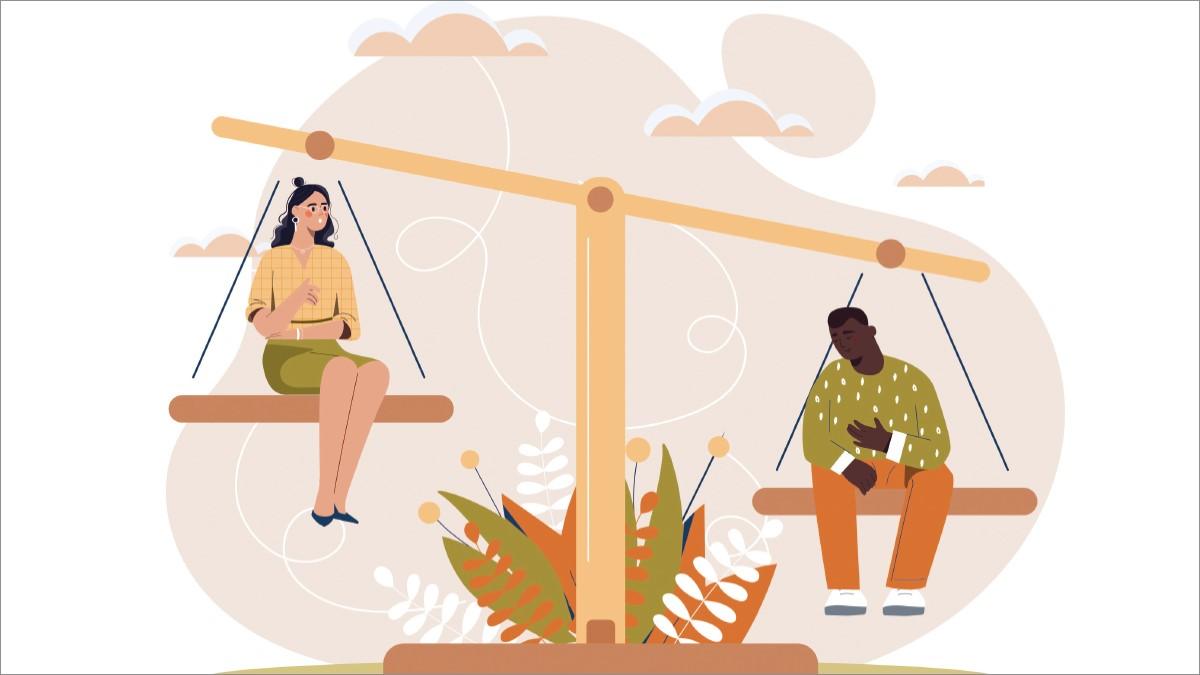
Earlier this year, a report published by the NHS Race and Health Observatory revealed that racism, racial discrimination and barriers to accessing healthcare have led to huge health inequalities for Black, Asian and minority ethnic (BAME) people in England.
Its conclusions were echoed by another report, published last year by The Lancet, which revealed the results of the largest ever study of health inequalities among BAME communities in the UK.
Among other findings, that study highlighted how widely the determinants of health and HEQoL outcomes varied between older white British people and those who belong to minority ethnic groups, with the disparities often being greater for women than men.
But what are some of the root causes behind these inequalities, and what can all of us do to help tackle and reduce them? We spoke to three Black members of the CSP BAME diversity network to hear their views.
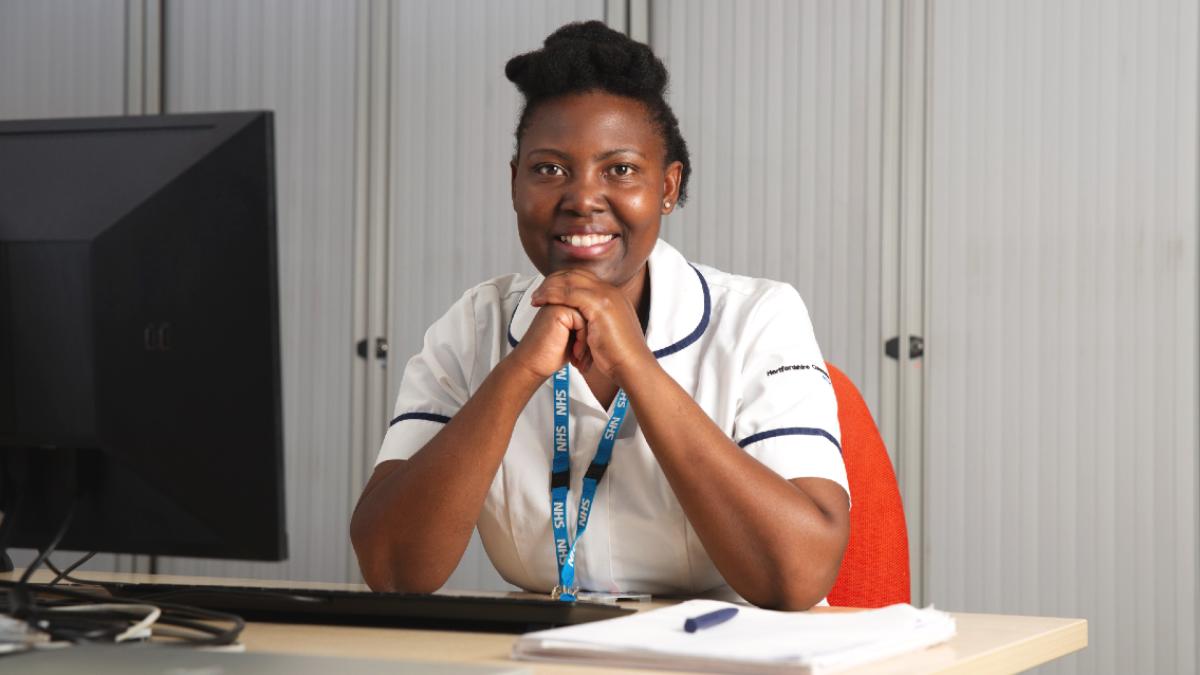
‘Some health inequalities are caused by the social determinants of health,’ says Justine Musiime, who is the clinical lead for an enhanced health in care homes service at Hertfordshire Community NHS Trust, and who originally trained in Uganda.
‘Those include the conditions and the environments where people are born, live, learn, work, play and age. All of those factors affect a wide range of health functioning and quality of life outcomes and risks.’
But Justine says one of the root causes of health inequality is the socio-economic aspect, and in particular the financial disparity that arises from unequal incomes.
International recruits who join the NHS usually have to start off at the bottom of their position’s pay scale. Even people who have 10 or 15 years of experience “back home”... So it takes a long time for them to climb up the economic rungs and earn a better salary
‘Professor Michael Marmot talks about the social gradient in health inequalities, where it’s clear that people who are financially well off have better health.
‘If someone is earning 80,000 a year, they tend to have better health than someone is one who’s earning 60,000 a year.
And that person is likely to have better health than someone who is earning 40,000 a year – and the gradient continues like that.
‘And if you look at the majority of Black people in the UK, they are disadvantaged socio-economically, in terms of their income.’
This is backed up by recent government data, which shows that in the year ending March 2019, Pakistani (76%), Bangladeshi (75%) and Black (62%) ethnic groups had the highest percentages of households in the two lowest income groups in the UK.
Justine points out that international recruits, like herself, are also likely to face additional socio-economic challenges, which potentially make them even more vulnerable to the health inequalities faced by the wider BAME population.
‘One thing that shocked me when I got here was that, although I had lots of experience and had done locum work before, because I’d never worked for the NHS, my experience was disregarded when it came to the pay I was offered. ‘International recruits who join the NHS usually have to start off at the bottom of their position’s pay scale.
‘Even people who have 10 or 15 years of experience back home have to start out at the bottom when they come here, because the NHS doesn’t recognise their past experience.
‘So it takes a long time for them to climb up the economic rungs and earn a better salary.’
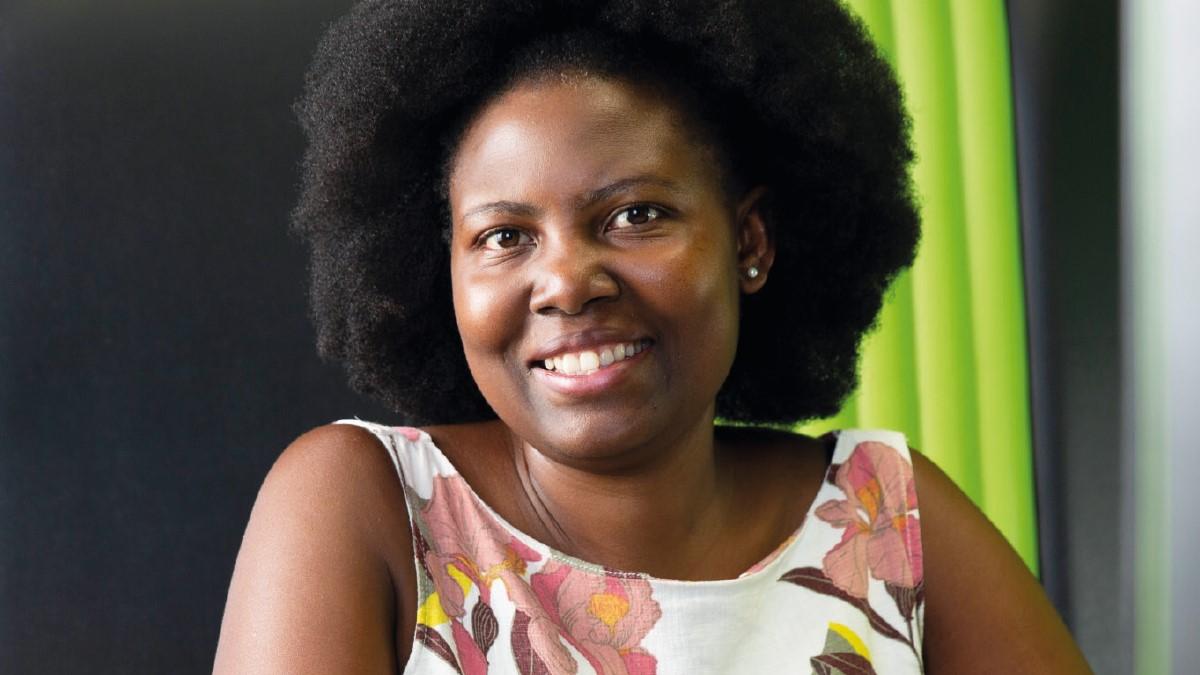
Another complicating factor for international recruits, is their lack of any historical credit rating in the UK, she adds, which can create additional barriers.
‘When international recruits first come here we have a zero credit rating score,’ Justine says.
‘So the odds are stacked against you. You can’t get a mortgage, because you have to be here a while and build up your credit before you can apply. And all of that takes time.’
Along with the socio-economic factors at play, this type of barrier also feeds into the impact different environments can have on people’s health.
‘BAME people often end up living in cheaper areas, and different areas have different levels of pollution and levels of housing – and all of those can have an impact on health.
‘So, for instance, if you’re living in a crowded place, you’ll find children are more likely to be asthmatic.’
Person-centered support
Justine adds that BAME healthcare staff are also just as at risk of health inequalities as the wider BAME population.
As such, she believes that employers, such as the NHS, who are keen to improve their recruitment and retention rates, should be aiming to improve their understanding of the challenges BAME and international recruits face, so they can provide them with better support.
‘For example, when an international recruit first starts in the NHS, they have to learn all of its systems and a standard induction is six weeks. But they might need more. Six weeks might work for somebody who is already here, as they may know the systems and they will understand the organisation’s own “language” quicker.
‘But there’s so much to learn, and so much to catch up on and so much to un-learn as well, because they’ve trained elsewhere. So for some international recruits a six-week induction might be fine. But for others it might not.
‘So we should be considering everyone’s individual training needs and trying to listen and better understand their challenges. It needs to be a person-centred approach.’
Enhancing education
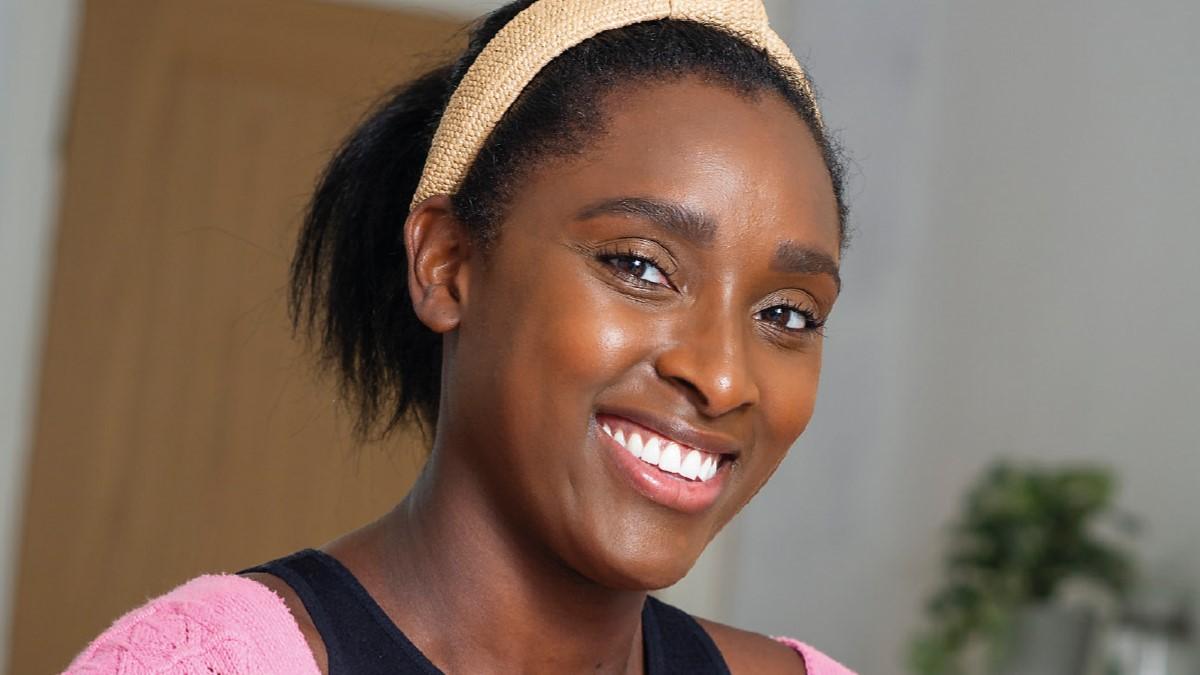
There is plenty of data about the damaging effects of health inequalities, but how much awareness do most healthcare staff, including physiotherapists, have about this topic – and should it be more formally addressed by education?
Natalie Malcolm, a physiotherapy masters student at Birmingham City University, is currently writing her dissertation on the topic of health inequalities, with the title question of her research question “Are physiotherapists aware of the healthcare inequalities ethnic minority patients face?”
Her interest in these issues was highlighted when she first started her physiotherapy studies and noticed how many materials and resources for the syllabus weren’t tailored towards the ethnic minority patients that physiotherapists might see and treat.
‘I think that courses everywhere need to prepare students for the kind of patients they’re actually going to see, and currently they probably don’t focus enough on the treatment of ethnically diverse patients.
‘It’s missing in little things like the representation of imagery and the photos and pictures on PowerPoint slides – all the different things being shown to us as students.’
As part of the research for her dissertation she has produced a questionnaire for physiotherapists, which asks questions such as: ‘Have you been taught how to modify your assessment, treatment or after care for ethnic minority patients?’ or ‘Have you ever been taught how to complete a respiratory assessment, or assess a bruise on a patient who has a darker skin tone?”
These questions were prompted by her own observations and concerns that physio students in the UK aren’t necessarily being taught how to modify their treatments, when it would be appropriate to do so, for their BAME patients.
For instance, in physiotherapy respiratory assessments some of the key things that are always mentioned as things to look out for are “Are the patient’s lips going blue? Has their skin gone pale? Is their skill skin mottled?”
‘So when I hear that I think “What about with someone like me. I’m not going to turn pale like a white person turns pale.”
‘Or, if you’re being taught about capillary refill and you’re shown that when you press down on white skin or lighter skin, you can see that the blood refills and the skin regains its colour when you stop pressing down.
‘But on darker skin you won’t see that kind of change.’
Ultimately, she says, this lack of awareness, could lead to a physio not noticing that a patient was in respiratory distress as quickly as a white counterpart, or the late identification of some other issue.
‘For instance, if a black patient were to go to A&E or their doctors, and they had a rash, that rash might just look like eczema or dry skin, whereas the same condition might show up on a white person, or somebody with a much lighter skin tone, as a bright red angry looking rash.
‘And then, obviously, the person with a bright red, angry rash is probably going to be prioritised and have their symptoms taken more seriously, as opposed to somebody who may look like they just have very dry skin.’
‘But that could potentially be a serious condition like Kawasaki disease, or something else that needed to be taken seriously and dealt with quickly.’
Natalie believes these type of “knowledge gaps”, about the varying presentations of certain condition in different ethnic groups, could be contributing to the already existing health inequalities experienced by BAME populations.
‘Next year, I’m going to go out and treat patients in Birmingham, who are going to be black, or Asian, or non-white, and if I’m not being taught – at masters level – how to adapt my care or identify key markers in different ethnic groups – then how am I supposed to practice effectively?’
‘How can we be sure that we are out treating patients and assessing them correctly and properly, so that they don’t have poorer health outcomes?’
Diversity increases knowledge
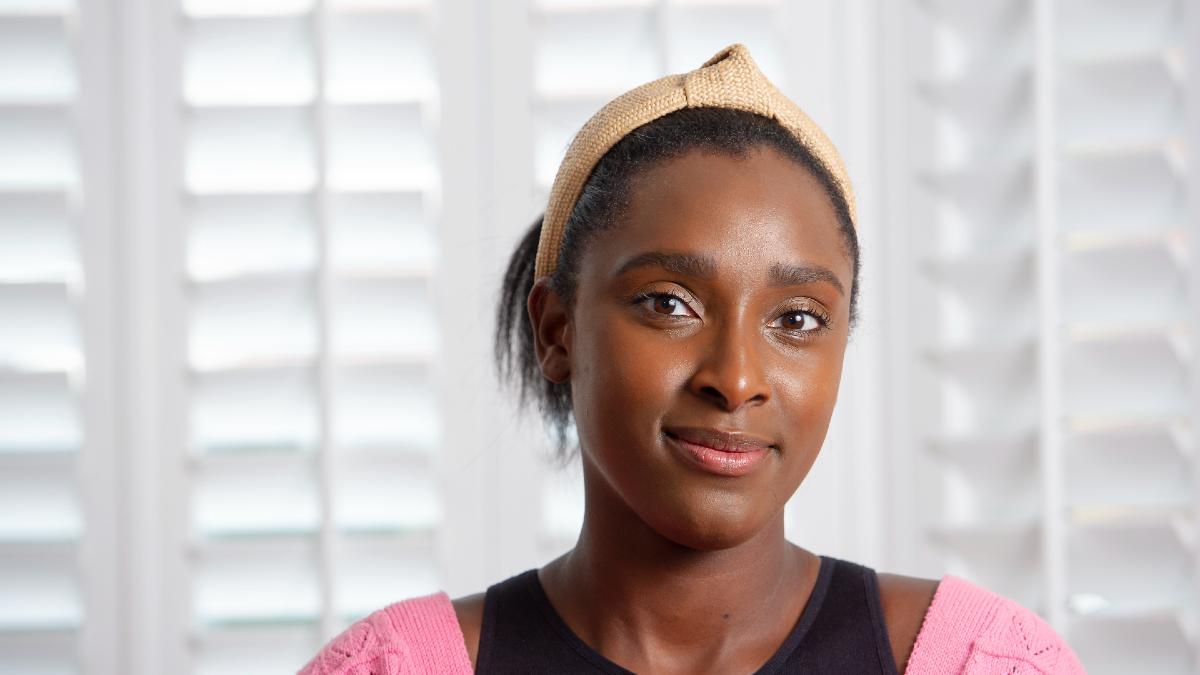
It’s obvious that more education on these subjects is needed, but Natalie isn’t sure who or how this could be best provided.
‘Who is best equipped and in a position to provide answers to all of this?’ she asks.
‘It’s possible that as physiotherapy professionals we may need to link into the medical side of things and get answers from other organisations.
‘But education on this needs to start at the front door, at university level, and for those of us who are already in employment, we should be looking to provide continuing professional development courses that can help educate people about these issues.’
So far, Natalie has received 63 responses to her survey, from physiotherapists from a variety of ethnic backgrounds.
‘Many of the participants have answered that they do not know how best to assess a bruise on a dark-skinned person or how to modify a respiratory assessment,’ she explains.
‘So, as a profession, we need to think “how has this happened?” Is it a lack of knowledge or resources to teach people about these differences? Or is it to do with physios not having the time to be able to study these extra things?
It’s important that we all learn more. And it’s important to know that just because a physio is Black or from an ethnic minority, that doesn’t mean that they will necessarily have all the answers or know everything.
‘Ultimately, we all need to learn more, because it’s about the care of our patients, and if we don’t learn then it’s going to lead to poorer patient outcomes for BAME populations.
‘My university lecturers have been really receptive to student feedback and promoting a reduction in healthcare inequalities, by making changes to support the learning of current and future students, and this is what I hope other universities will do too.’
She adds that this issue also further highlights the need for the physiotherapy workforce to be more diverse.
‘Because more diversity will allow us to bounce off each other and share experiences that will hopefully lead to a greater understanding.’
Improving representation
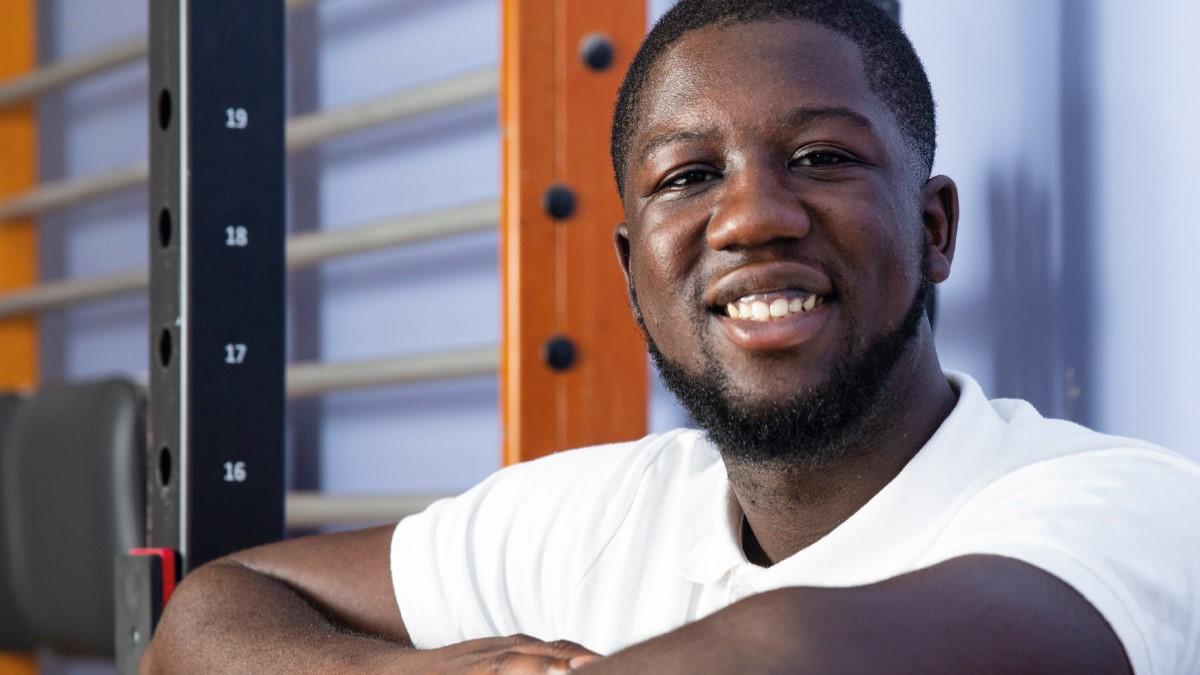
Solomon Adade, a physiotherapy masters student at St George’s University of London, agrees that it’s not just ethnic minority patient populations that are at risk of health inequities – it’s also an issue that potentially affects BAME healthcare staff.
As a result, he believes change is needed to address workplace issues that may disproportionally affect BAME healthcare staff, and leave them at a greater risk of experiencing both mental and physical health inequalities.
I don’t think there is much awareness about some of the situations that BAME physios or BAME support workers might face at work.
'In comparison to non-BAME staff, they have different experiences and go through different things. Such as particular situations and scenarios, like racism and micro-aggressions, which can be hard to deal with.'
Speaking from his own experience, Solomon says such incidents can arise from interactions with patients, who may make comments or say things to BAME staff – either misguidedly or maliciously – that are either overtly racist or highly inappropriate.
‘The particular scenario that happened to me was a bit of an eye opener, because when you’re working in a city that’s as culturally diverse as London, you just sort of expect everyone to be respectful of each other – and I never thought I’d really experience something like that.’
After it happened, Solomon informed the most senior physiotherapist on his ward about the incident.
‘It was a bit difficult for me to let them know what the patient had said to me, because I wasn’t sure what their response would be and whether it would be taken seriously.
‘But it’s important to take that initial step and let someone senior know what’s happened to you, and how it made you feel. That way, moving forwards, you can try to work out how to deal with any similar situations which may arise.’
Although, in this case, Solomon felt able to share details about his experience and with a senior colleague, he says other BAME staff who may find themselves in a similar situation may not feel comfortable speaking out and/or approaching senior colleagues to discuss what’s happened.
‘That’s because there aren’t many people in senior positions who can directly relate to particular issues – and that might make it much harder for BAME staff to raise these kind of things,’ he explains.
‘That’s not to say the non-BAME supervisors or managers won’t listen and respect their views, but due to the fact that they are not from a BAME background they won’t necessarily understand what we go through.
‘So I think there needs to be more teaching and awareness and more BAME representation at senior levels, so that junior physiotherapists have someone they can come to who has a higher level of relatability.’
A lack of BAME representation at senior levels is an ongoing problem, which Solomon says he has noticed during all of his previous roles in hospitals, as well as during his time on placements whilst studying.
I haven’t seen a lot of BAME physiotherapists at senior levels or in senior positions
‘I remember one place where I worked, within my team and within the therapy manager’s team, there weren’t any BAME individuals who were above a band 6 or band 7.
‘So it seemed like there was almost a cap as to how far a BAME physiotherapist could actually go.’
‘And in another trust where I worked there was only one band 7 clinical physio, and he had only recently joined the team – and now he’s actually left that role.’
Breaking down the barriers
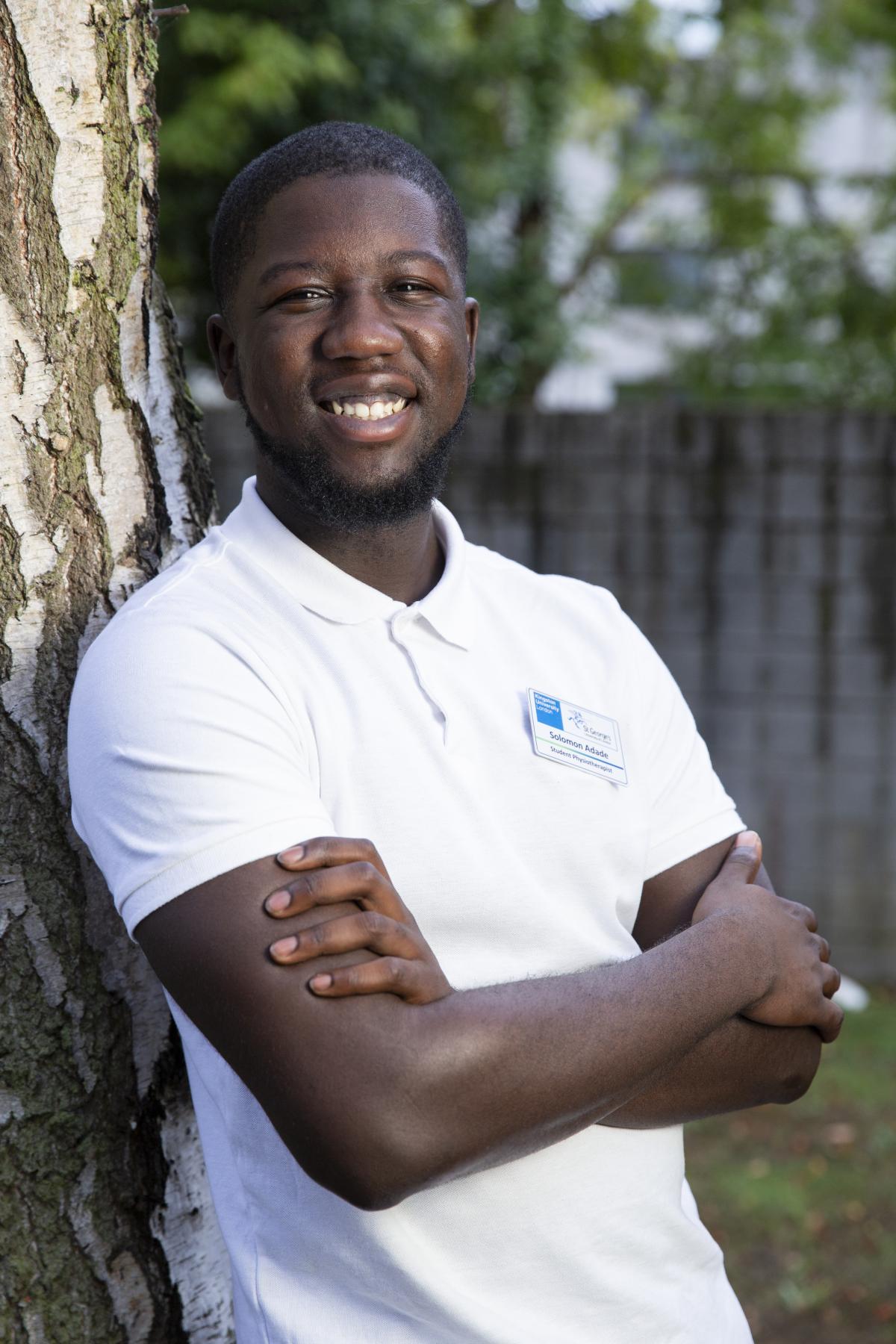
Solomon says there almost seems to be an “invisible barrier” that leaves many BAME staff thinking “How do my white counterparts get to these higher bands and these more senior positions? Am I’m doing something wrong? Is there some training or something else I need to do to get to these levels?”
‘And I think that invisible barrier can definitely have a negative impact on the physical and mental health of BAME staff,’ he says.
‘Especially with what is going on in the UK now, with the cost of living increasing.
‘Many BAME workers may be pushing to get more senior positions so they can better provide for their families.
‘And that places a lot more stress on them, because if they’re going for more senior positions and they’re not getting them then that brings a greater toll on the mental health. They may feel anxious. They may feel depressed. And all of that has a negative effect on their physical health as well, because they may not be going out as much to exercise, because they feel they need to work more hours in order to actually make the same level of money to cover their bills and provide for their families, or themselves.’
So what might help improve the representation of BAME staff at senior levels, or help equip and inspire BAME physiotherapy staff, so they have the knowledge, confidence and support to successfully secure higher level roles?
‘Raising awareness about the challenges BAME physios face would be a good starting point,’ Solomon says.
‘And then I think we need to understand the particular factors that are influencing BAME individuals and preventing them from getting band 7 roles and above.’
Additionally, Solomon suggests that new and junior BAME physiotherapy staff would also benefit from a tailored mentorship programme which, ideally, could operate across all NHS trusts and health boards.
‘For example, some kind of scheme that would allow junior BAME physiotherapists to link up with BAME physios who are in a more senior position, so they have someone they can speak and liaise with about any topics that they may be facing in and outside of work.
‘I think that’s an important thing that’s needed and it could possibly happen.’
CSP report - Easing the pain: rehabilitation, recovery and reducing health inequity
Number of subscribers: 2




































